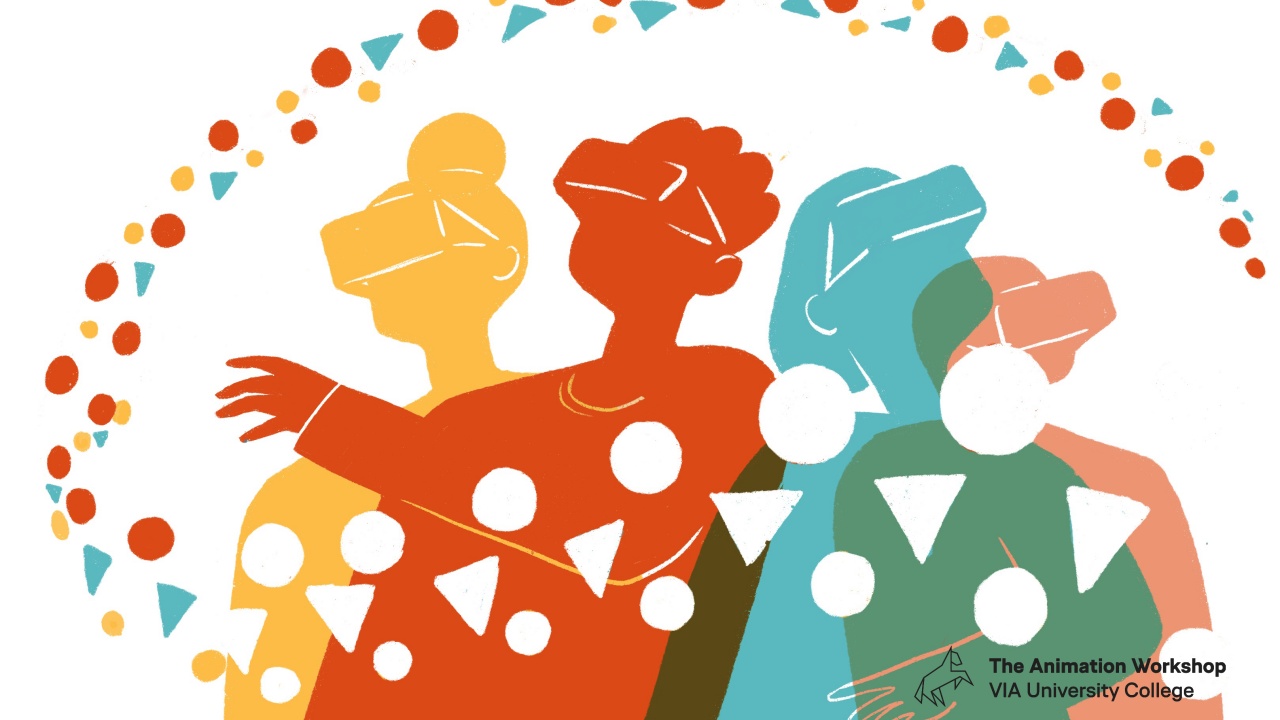“Access to Audiences” is the new report from The Animation Workshop / VIA University College, leaded by Michelle Kranot. Exploring the challenges and emerging opportunities in XR content distribution, this Indie Online 2022 publication is the latest to highlight developments in the immersive industry.
XR content (virtual reality, augmented reality, mixed reality) represents a new frontier in creative storytelling and artistic expression. Around the world, artists are using these new technological capabilities to create groundbreaking immersive experiences and growing audiences are eager to explore these creations.
However, European creators of XR experiences are isolated from these audiences due to a lack of applicable and effective distribution channels. Without distribution channels that are appropriate for XR content, creators must instead choose whether to distribute their work using a film or cinema model, or a game or technology model. Neither of these models meets the needs of creators or of interested audiences.
Furthermore, creators are limited by outdated funding systems that limit possible distribution methods and the lack of systemic support for marketing efforts that would position the work to be seen more widely.
In 2021, Indie Online researched the XR content distribution landscape, evaluating current and emerging distribution models for their effectiveness in meeting the needs of creators and audiences. Here are our key findings:
- XR content fails to exist in its own funding support category. Instead, creators must classify and fund the project as a film, game, or performance although the budget, production, and distribution may differ significantly from these models.
- Traditional criteria for measuring the success of film, game, or performance experiences may not apply to XR projects, potentially hampering funding and development of further projects.
- Existing film, game, and performance distribution and marketing methods fail to connect XR content with audiences that are most likely to engage with and appreciate independent artistic works, reducing another potential funding source for creators.
- There is a diverse landscape of emerging XR distribution channels and platforms, which may pose potential solutions to these and other challenges. We explore some of these alternatives with first-person perspectives on innovative XR platforms.
In conclusion, we find the traditional XR distribution methods inadequate for distributing the work of independent artists and offer new avenues for exploration, explaining the criteria by which an effective XR distribution landscape should be measured.
The topic is one we are passionate about: the rapid changes in technologies and in the XR industry unite many of us – artists, programmers, curators, funders, and distributors. In our attempt to craft a comprehensive overview, we teamed up to co-author this research. Each contributor offers a unique angle and insight into the debate on how we are to access audiences and cultivate a cultural landscape which is sustainable and impactful. Whether working across film, games, theater, or fine art, we face the same challenges and have many of the same opportunities.
– Michelle Kranot
The Report
Introduction: Established and Emerging XR Distribution Models
Analysis
- Cinema Distribution Channels
- Video Game Distribution Channels
- Software and Technology Distribution Channels
- Performance and Exhibition Distribution Channels
- Existing VR Platform Distribution
- Towards Specialized XR Art Distribution Channels
- Analysis Summary
Perspectives on Existing and Emerging VR
- Interview: Mark Atkin (United Kingdom), Gayatri Parameswaran (Germany), Michael Barngrover (Turkey), Paul Bouchard (France), Michel Reilhac (Italy), Antoine Cayrol (France), Myriam Achard (Canada), Marianne Lévy-Leblond & Stéphane Nauroy (France)
Conclusion
About The Team
Presented by: The Animation Workshop / VIA University College
Center for Animation, Visualization and Digital Storytelling
Research and Development Center for Creative Industries and Professions
Denmark
Author: Michelle Kranot, Lead researcher
Co-Authors: Uriel Kranot, Adjunct Professor, Bachelor Dept. Animation and CG Arts
Mathieu Gayet , Rebekah Villion
About The Animation Workshop
The Animation Workshop/VIA University College (TAW) is located in Viborg, Denmark. It is a part of VIA University College’s School of Business, Technology and Creative Industries. It is Scandinavia’s leading animation institution and has expertise in the areas of education, culture, communication and business development. Our Research & Development center benefits from a strong international network of artists, professionals, companies, funding institutions and partner schools.



Leave a Reply
You must be logged in to post a comment.